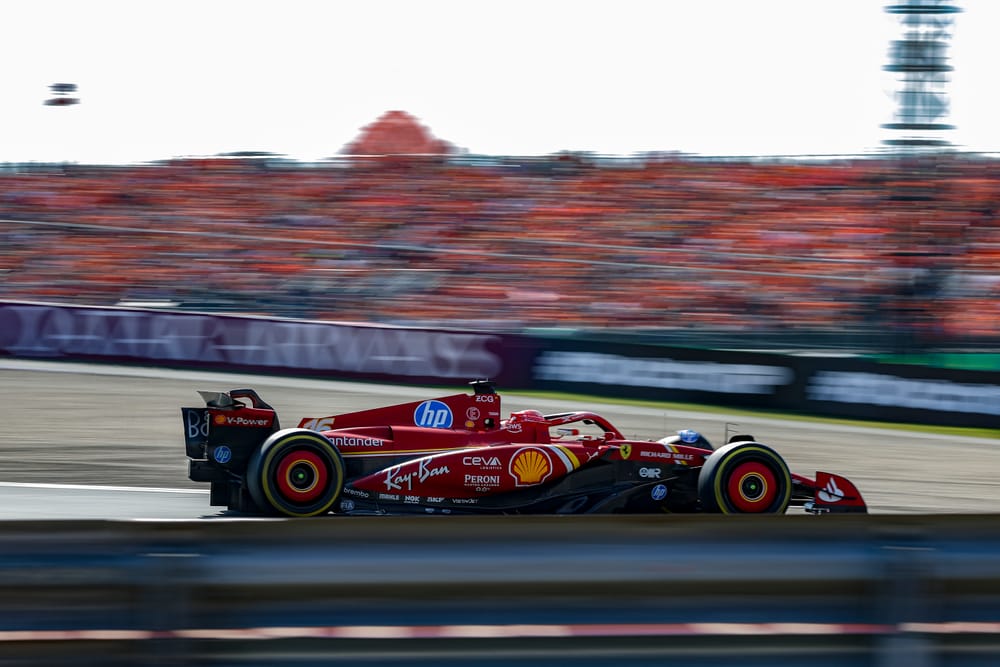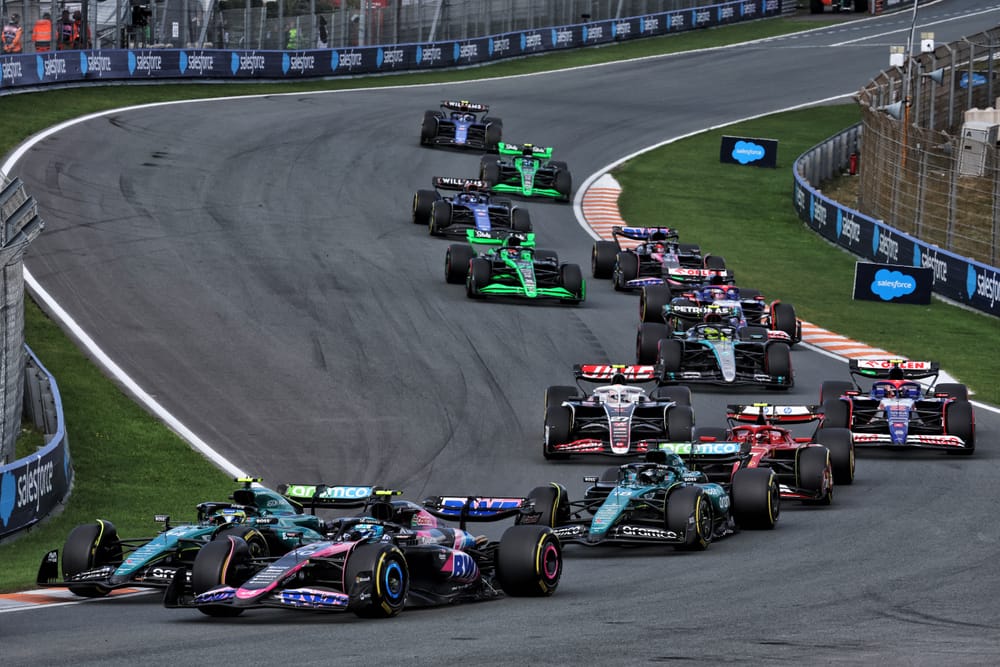Up Next

Ferrari’s drivers were downbeat after qualifying at Zandvoort having fallen short even of their modest expectations, with Charles Leclerc admitting “we did not expect to be nine-tenths off pole position” and Carlos Sainz “pessimistic and underwhelmed”.
That turned to delight after a strong Sunday, with Leclerc finishing third and Sainz fifth to give the team its biggest points haul since it finished first and third at the Monaco Grand Prix in May. So what changed?
There are always multiple reasons for any car's performance in a race given the complexities of Formula 1, where tiny differences in conditions and situation can cause dramatic swings.
But there are three clear reasons why Ferrari was so much better on Sunday and surprised its drivers.
Qualifying magnifies Ferrari’s weaknesses
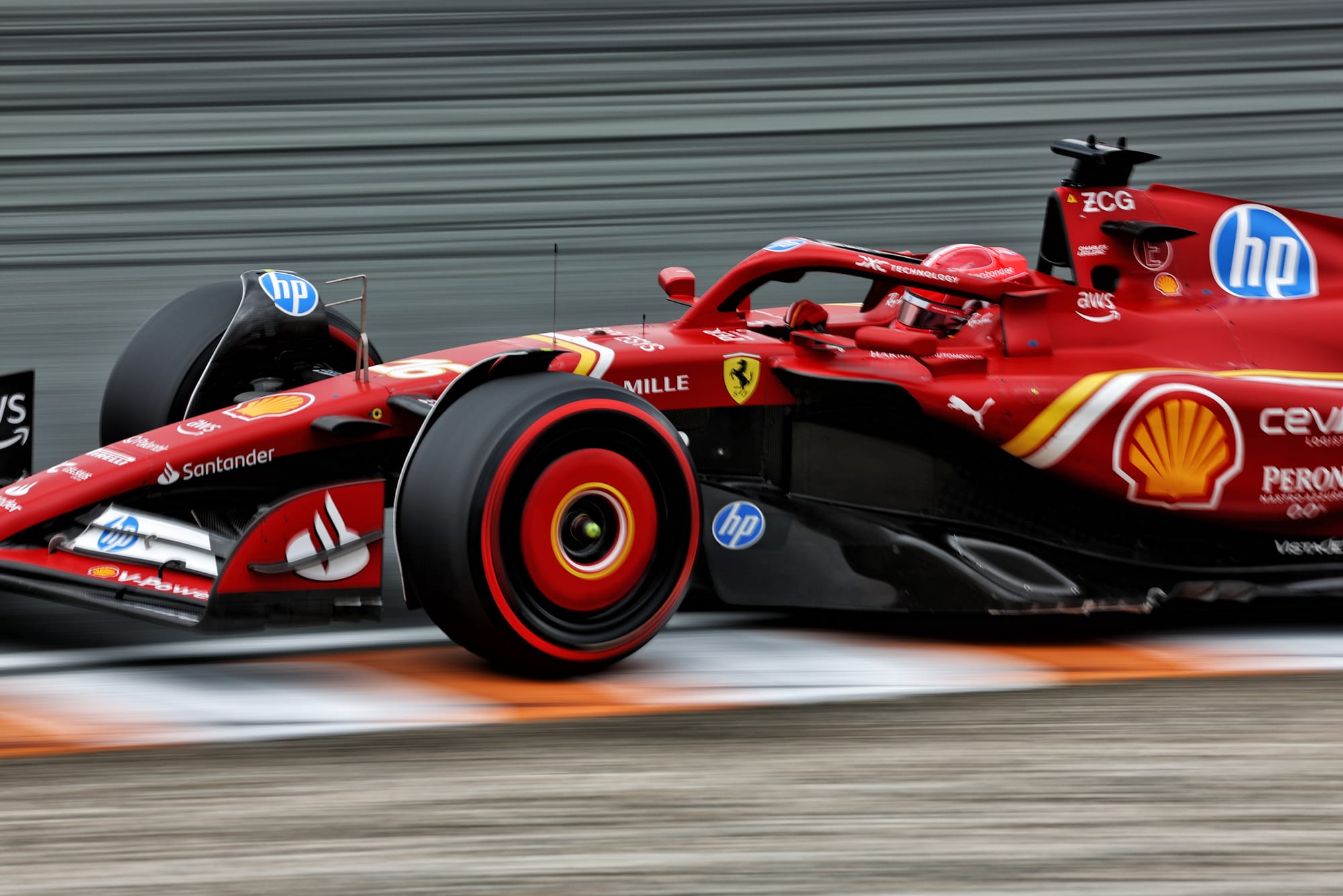
The Ferrari being slower in qualifying than the race in relative terms is nothing new in 2024. During the first two years of the current regulations the inverse was true, as reflected by the unfavourable ratio of 21 pole positions to five wins, but that has now changed.
“From the beginning of the season, we are probably in better shape in race mode than quali mode,” said Vasseur after the race.
“We are in better shape on the long stint and tyre management. Then it’s a matter of details, because when you are moving from P7, P8 to P3, sometimes you are speaking about one or two-tenths.”
Ferrari’s race pace relative to McLaren was significantly better. In qualifying, Leclerc lapped 0.909s slower than Norris. In race trim, the deficit was 0.277s per lap on average. The deficit in the first stint was more like four-tenths given Norris was chasing Verstappen, then building a lead. Evaluating race pace is always clouded by the race situation but it’s clear that the pace deficit was significantly smaller than it was over a single lap.
There’s more to Ferrari’s qualifying struggles than simply having a car that’s quicker in a race stint than a single lap, the primary driver of which is the way it works its tyres. As a simple rule of thumb, a car that works its tyres harder can be easier to get in the window for a single lap.
But over a race stint, you pay the price. Sainz mentioned that at Zandvoort it was difficult to get enough energy into the tyres on a prep lap to get the Pirellis working well – hence poor pace in the first sector on flying laps.
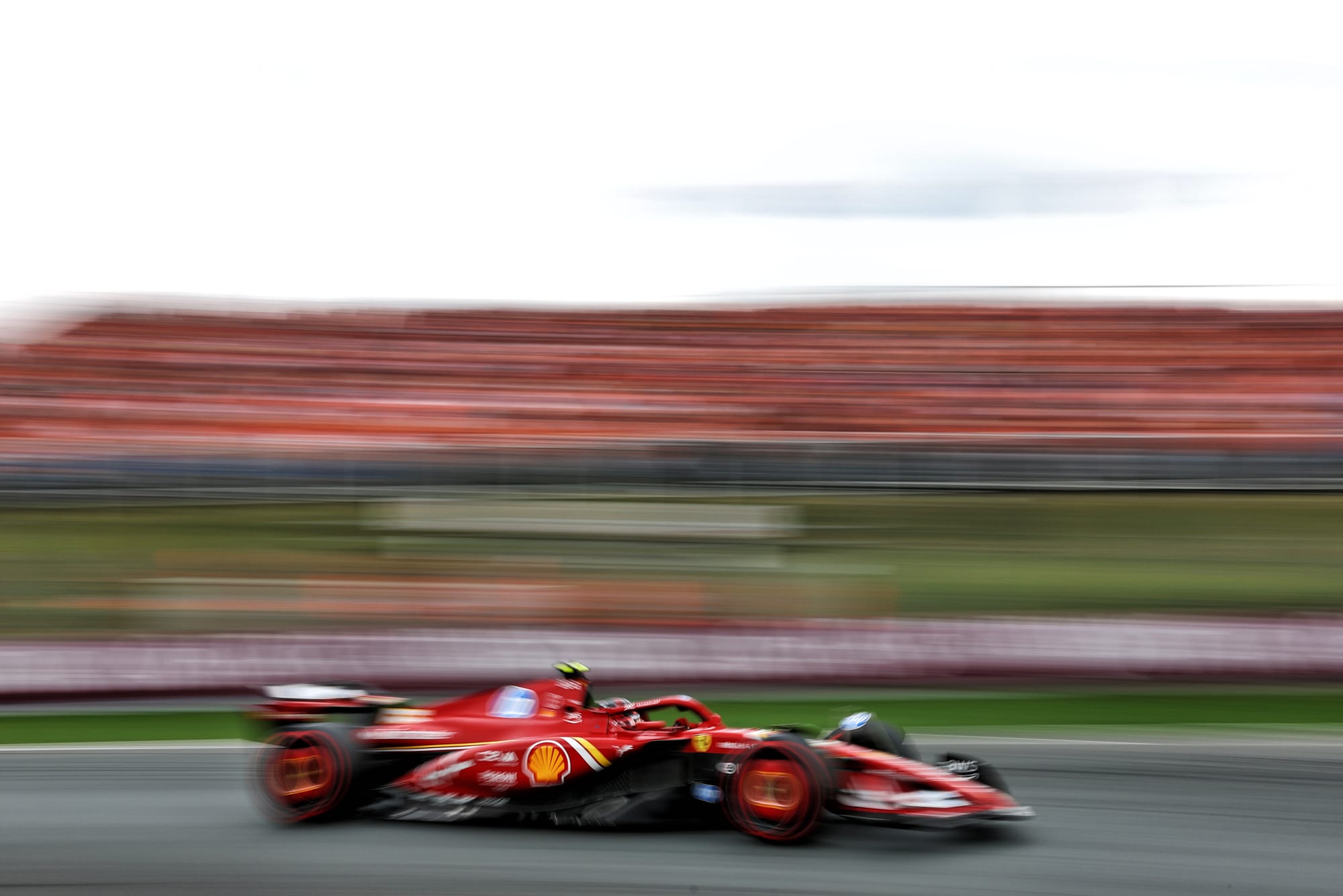
Since the infamous Spanish Grand Prix upgrade was introduced in May, Ferrari has struggled with porpoising problems. As anyone who has listened to Sainz knows, the porpoising was already evident early in the season, but pushing for more downforce from the floor in Spain has tipped it over from a manageable problem to a limiting factor.
A small tweak was made to the floor for Hungary before the August break that mitigated the troubles, but a permanent fix is still in the pipeline. But this also means the car is running a little higher than ideal to tackle that, hence there was consistent time loss throughout the lap.
The Zandvoort track configuration is also not ideal for the Ferrari. It turns in well, thrives in short-duration corners and delivers the power well off them. But Zandvoort had too many longer corners that played against its strengths, with the drivers struggling for confidence in them while on the limit.
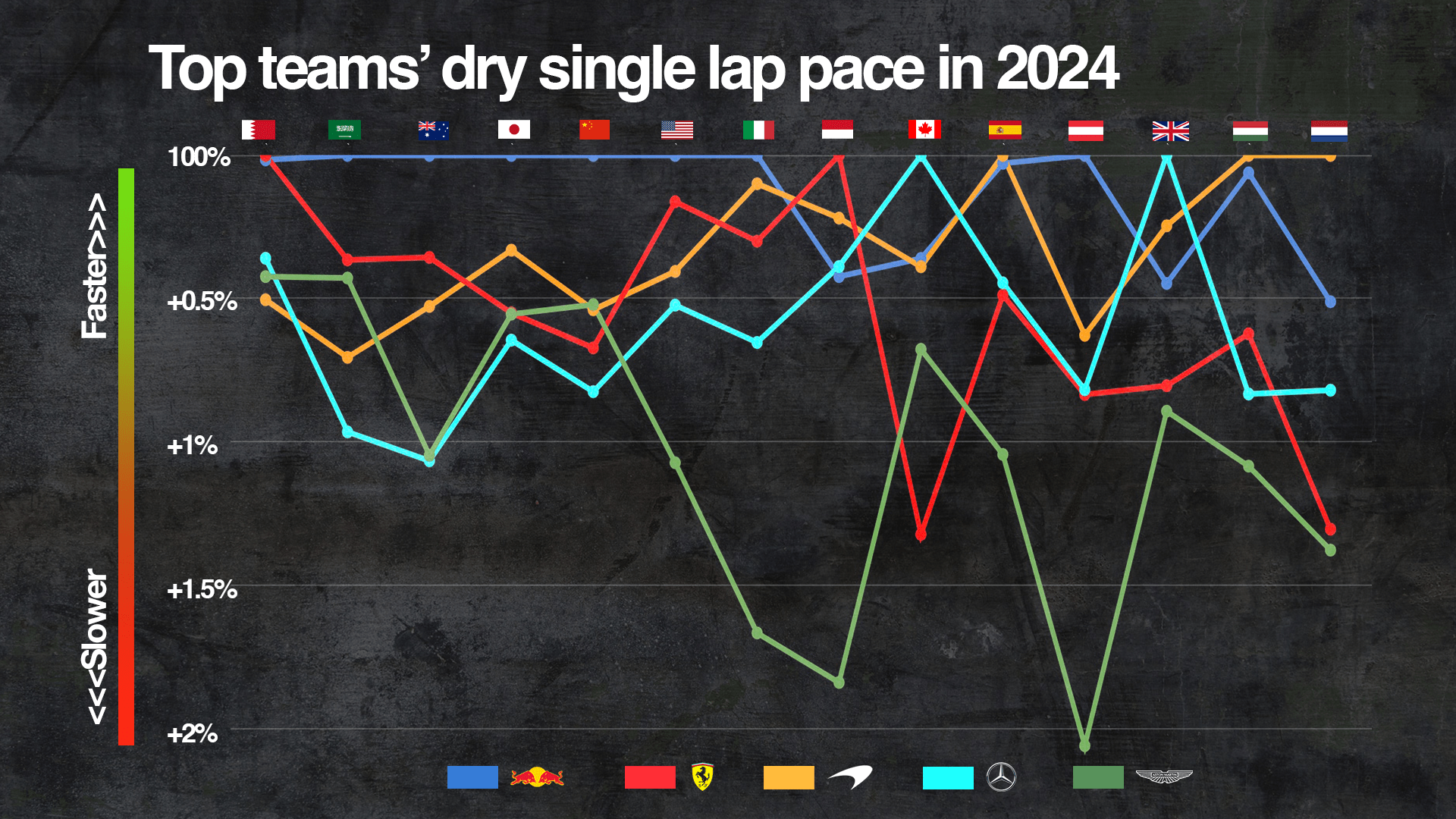
Considering these factors, it’s therefore no surprise that Ferrari had its biggest qualifying deficit of the season in Q3 with Leclerc 1.305% off pole.
It was therefore inevitable that in race trim, where cars are running in steady-state conditions and under the limit that Ferrari would be more competitive with the offset from qualifying to the race bigger than usual thanks to the various factors that made Saturday harder.
Good race execution
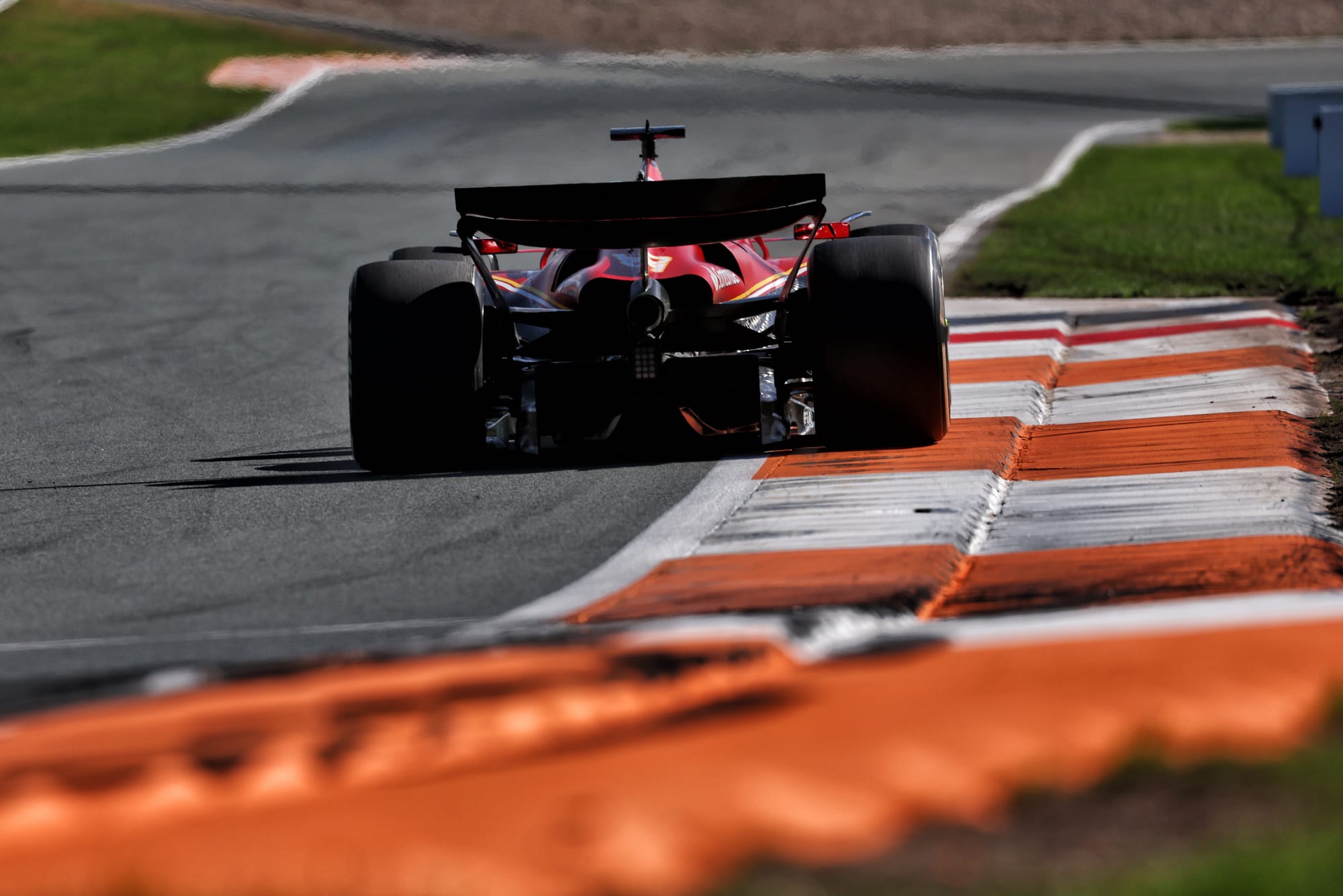
Both Leclerc and Sainz drove well in the race. Leclerc made the most of a good start and the gap Sergio Perez aimed for between Oscar Piastri and George Russell closing to climb from sixth to fifth by going around the outside of the Red Bull at Turn 1.
While Leclerc did his part, the pitwall was also proactive in terms of its strategy. He was called into the pits to change from mediums to hards on lap 24, one lap earlier than planned. That made him the first of the lead pack to make a pitstop, which combined with George Russell suffering a slow stop when he responded a lap later gained Leclerc a position immediately.
He then picked up another when Piastri, who ran long, pitted on lap 33.
“The plan was to pit lap 24, so it means that 24 was not a huge risk,” said Vasseur when asked whether there were concerns about being able to run to the end on the set of hards. “Track position was crucial. Piastri, at one stage, was faster, but when he came back on us, he was not able to overtake. Then you start to damage the tyres and lose the [chance to] pass. Track position is the first target and it was right to pit on lap 24.”
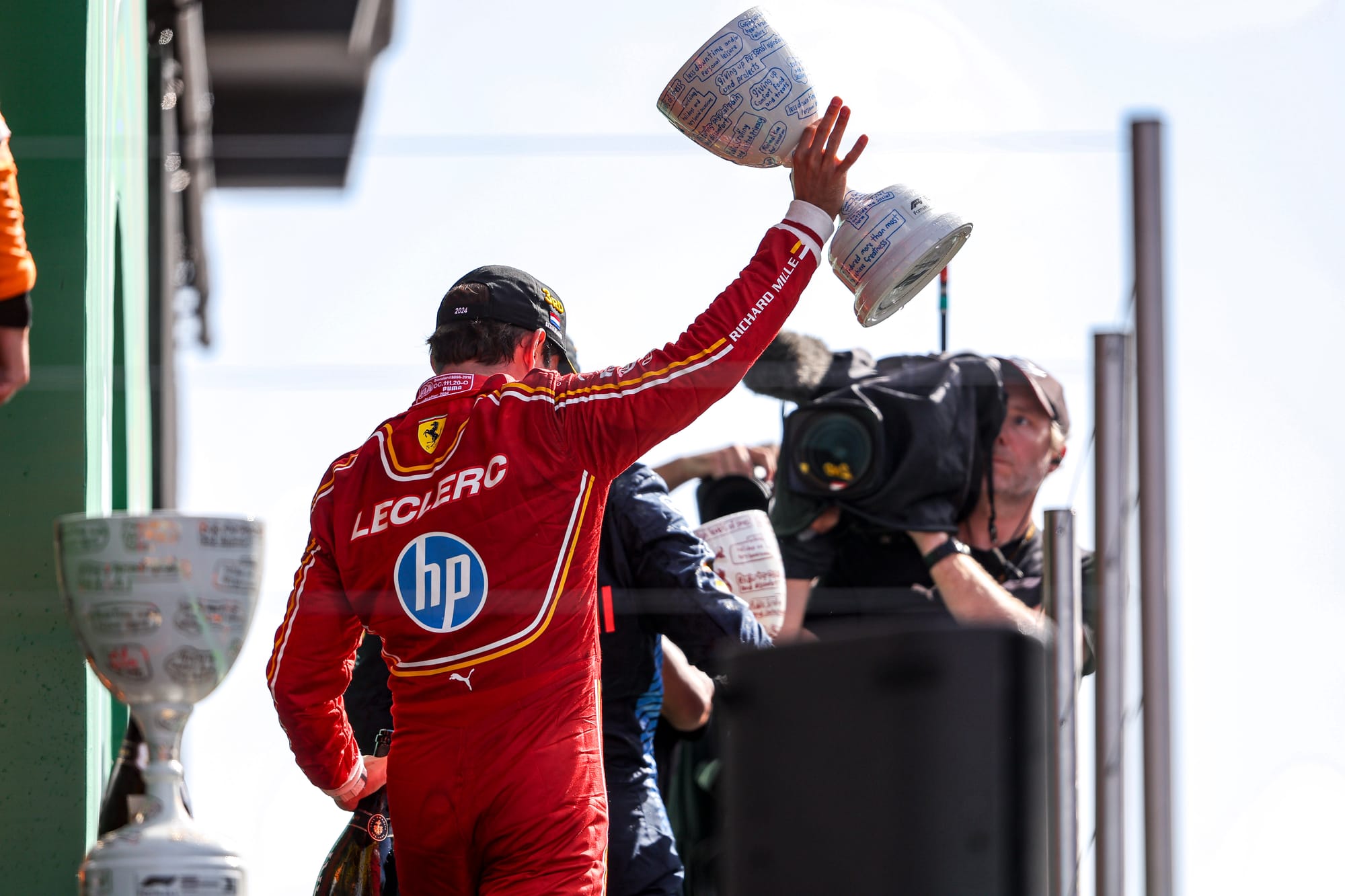
Leclerc also played his part, keeping Piastri at arm’s length after the McLaren driver had overtaken Russell then closed the gap. Leclerc’s consistency and Ferrari’s stronger race pace meant he could stay ahead.
“Even in the first stint, it wasn’t straightforward to keep Leclerc behind,” said Piastri. “Then, in the second stint, he was a bit stronger than I expected.”
Sainz came through to fifth thanks to an incisive first stint to climb from 10th to seventh by the end of lap seven. That put him clear of the midfield and in a position to catch and pass Perez after the pair had stopped. Thanks to his pace on hards, he was on target to catch Russell given Sainz was catching at a rate of just over three-tenths-of-a-second per lap and right behind when Mercedes called him for softs.
“Very quickly, I managed to pass the midfield to get in a good spot with the tyres,” said Sainz. “When we started the second stint, we started attacking Perez and Russell to actually pass them. Only finish six, seven seconds away from the podium, starting P10, was a really good performance.”
Without such good execution, Ferrari could easily have had less impressive results that would have appeared on paper to be more in line with qualifying performance.
Mercedes struggling
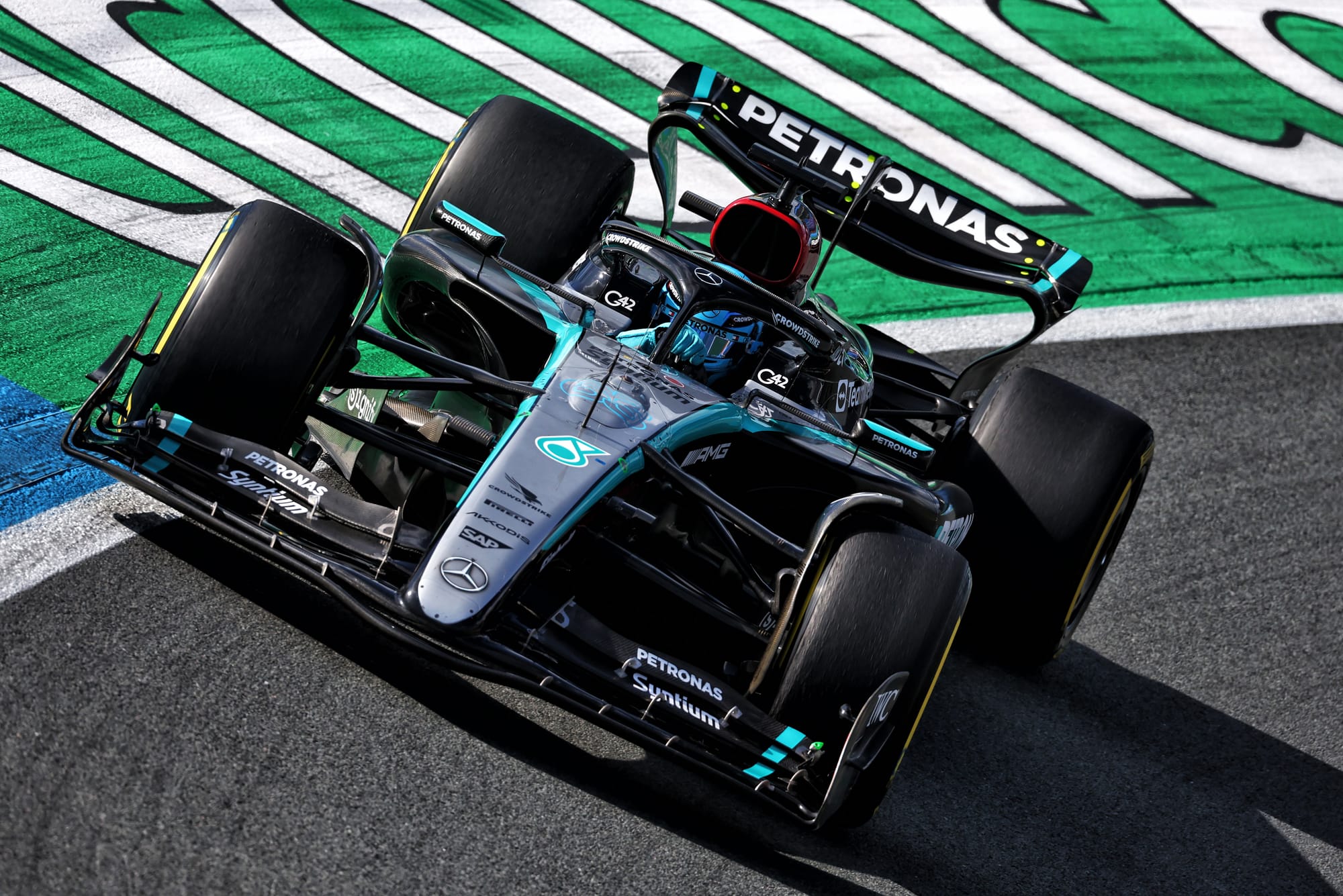
While Ferrari was closer to McLaren and capable of lapping at a similar race pace to Verstappen’s Red Bull, it was markedly stronger than Mercedes on race day. The comparison from red to silver was tilted further in Ferrari’s favour by the problems Mercedes had.
George Russell both struggled for race pace, in particular on the hard-compound Pirellis, and degradation. That forced the two-stop strategy, but even if Russell had stayed out to run to the end on a one-stopper both Ferraris would have finished ahead as Sainz was likely only a lap or two way from overtaking him when the pitstop happened.
“I was just dropping like stone,” said Russell. “Especially, quite a surprise versus Ferrari as we were expecting to be comfortably ahead of them. Charles was quicker, Carlos was catching me, clearly we got something wrong with the tyres.”
The Mercedes is also a sensitive car with track temperatures and wind causing variability in its performance, which played a part not only in outright pace varying but also its tyre use.
Monza expectations
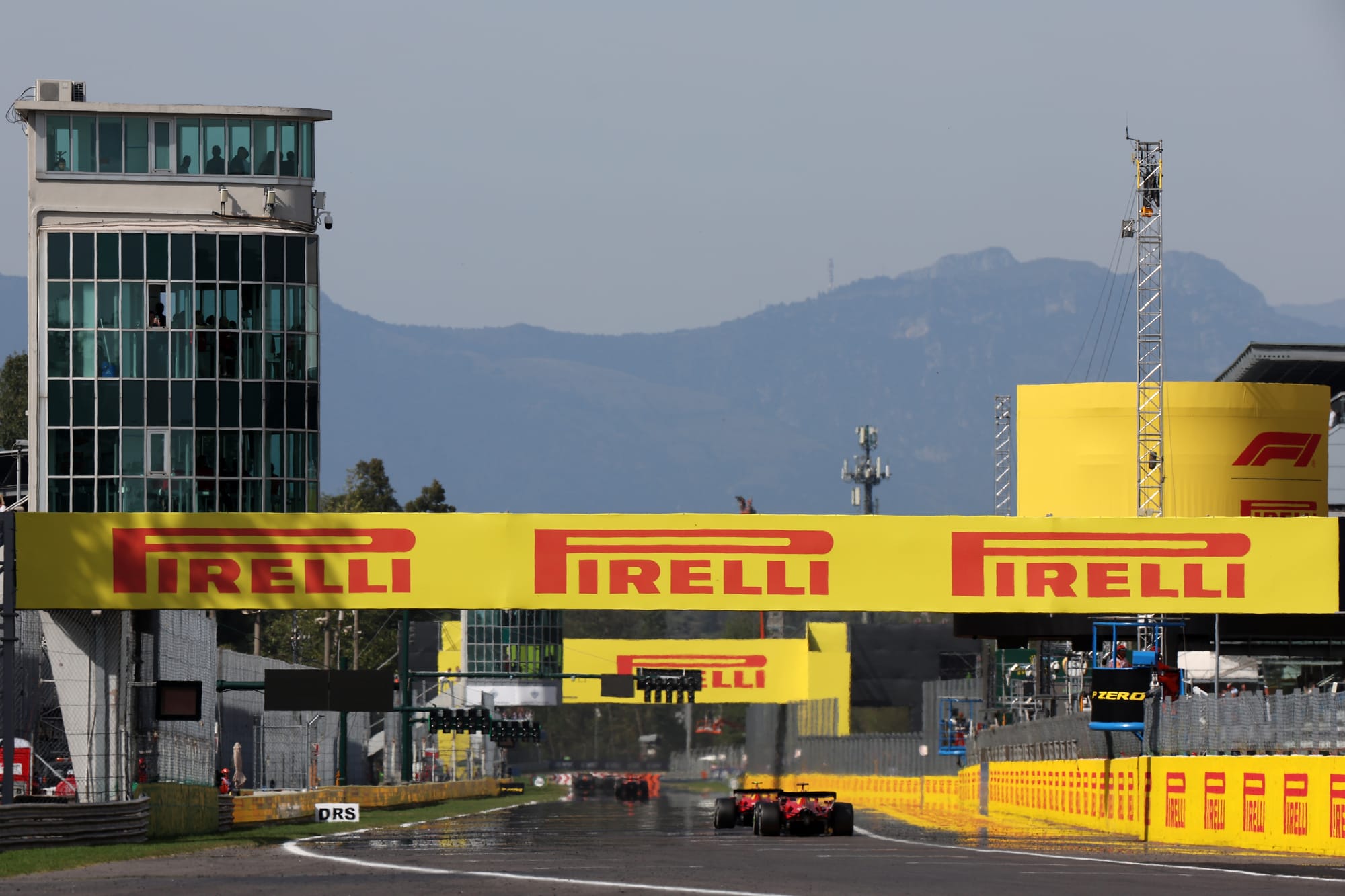
Expectations for Ferrari at Monza this weekend are higher. Aston Martin driver Fernando Alonso even suggested that his old team could be the one to beat in Italy.
“[In the] next two races Ferrari should be the car to beat,” said Alonso. “What we saw last year in Monza and Singapore, Leclerc winning Monaco this year for Singapore, I think they are the favourites”.
Vasseur shrugged this off in a characteristic manner when Alonso’s comments were put to him, joking that “I won’t read the Twitter of Fernando Alonso” and that “I don’t need to have someone telling me that we are the favourite or not”.
Alonso might well have a point for Singapore given how good Ferrari was at Monaco, but Monza is a stretch. Ferrari will have an upgrade package at Monza, although the full extent of that is unclear in terms of how much of it is simply low-downforce aero and whether or not the porpoising problems will be tackled.
However, it should be noted Leclerc has said “I’m not sure it will be enough to be in the fight for the win” of upcoming development parts after qualifying.
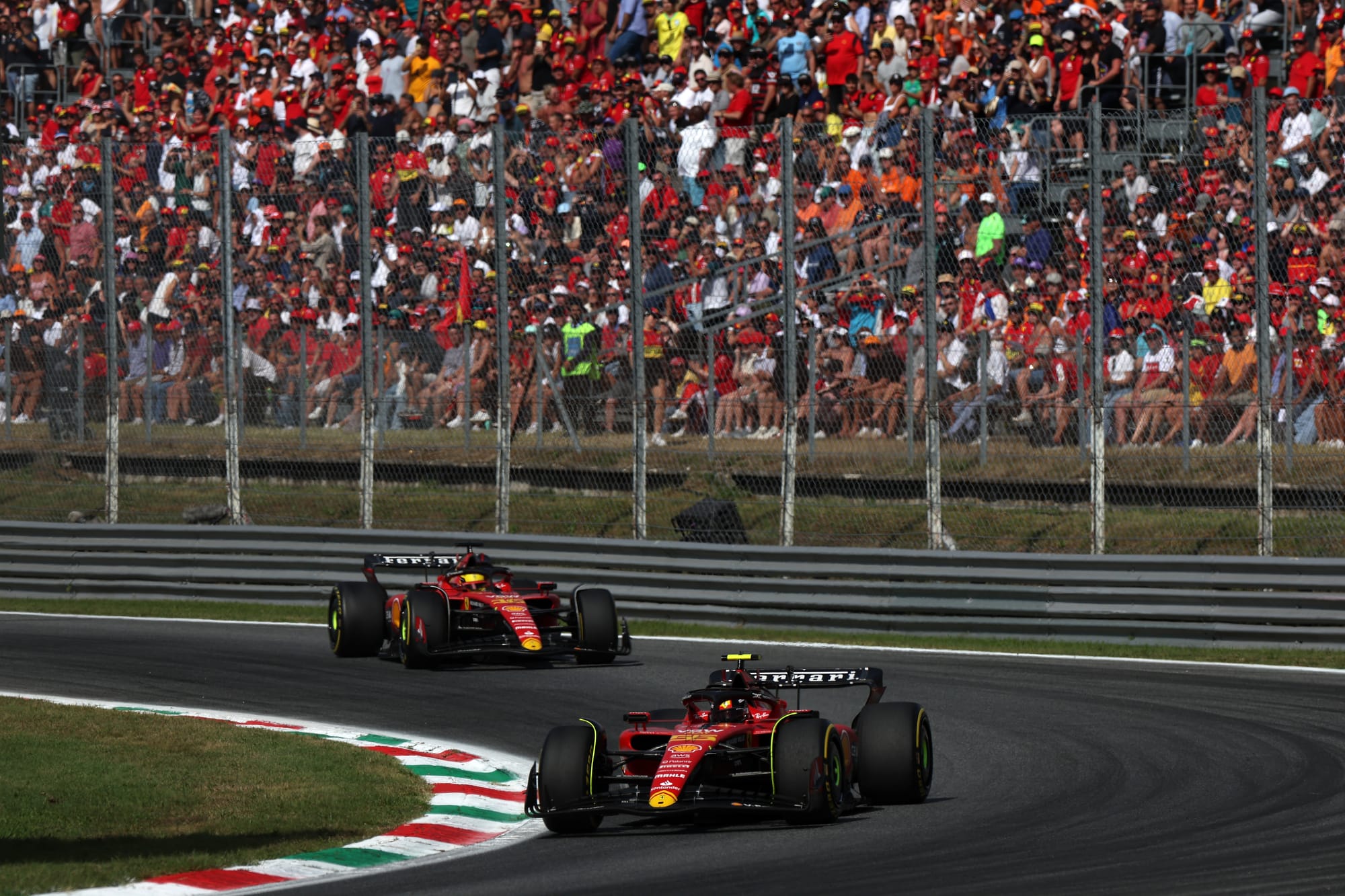
Monza should be better suited to Ferrari than Zandvoort with a couple of slow chicanes, short duration corners where it should go well. But it could be that in the faster Ascari sweeps porpoising could be a limiting factor. Ferrari will be closer at Monza in qualifying trim than it was at Zandvoort, but the question is by how much.
“It’s a matter of details,” said Vasseur. “The fact that we are in a better shape on the short corners will help us and if you are able to do a step of one or two tenths, it's a game changer. But we know also that everybody's improving. We have a lot of work to do and I will never go to Monza, Baku or whatever with the feeling that it will be an easy one.”
Ferrari would probably need a swing of more than a couple of tenths to win on merit at Monza, but it should at least be in better shape. But it won’t be until there’s a definitive fix to the porpoising problems through a floor update that it can emerge as a more consistent challenger at the front again.

